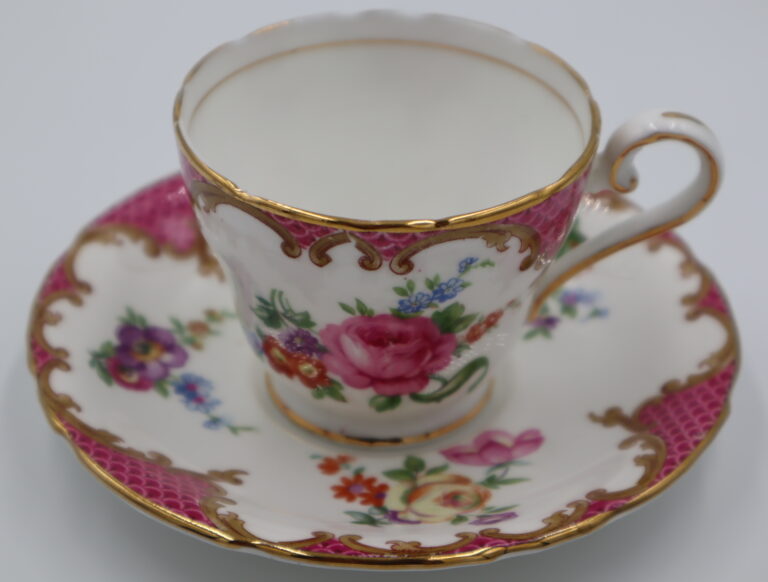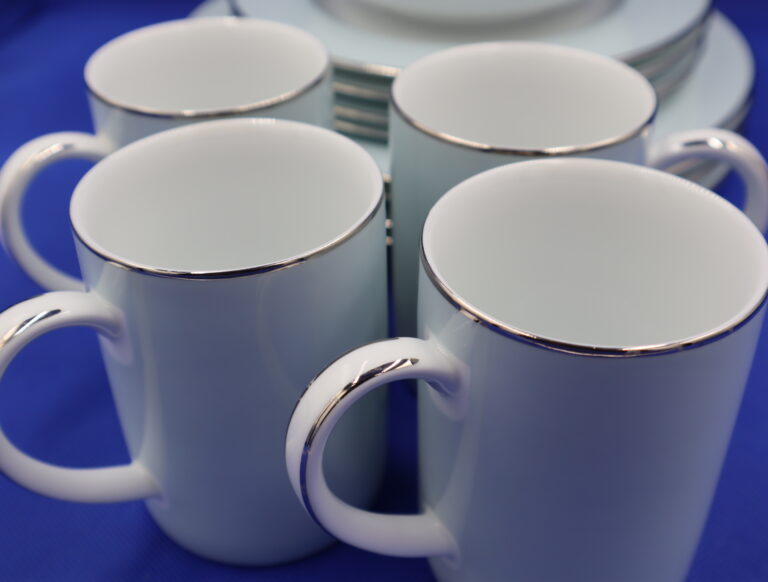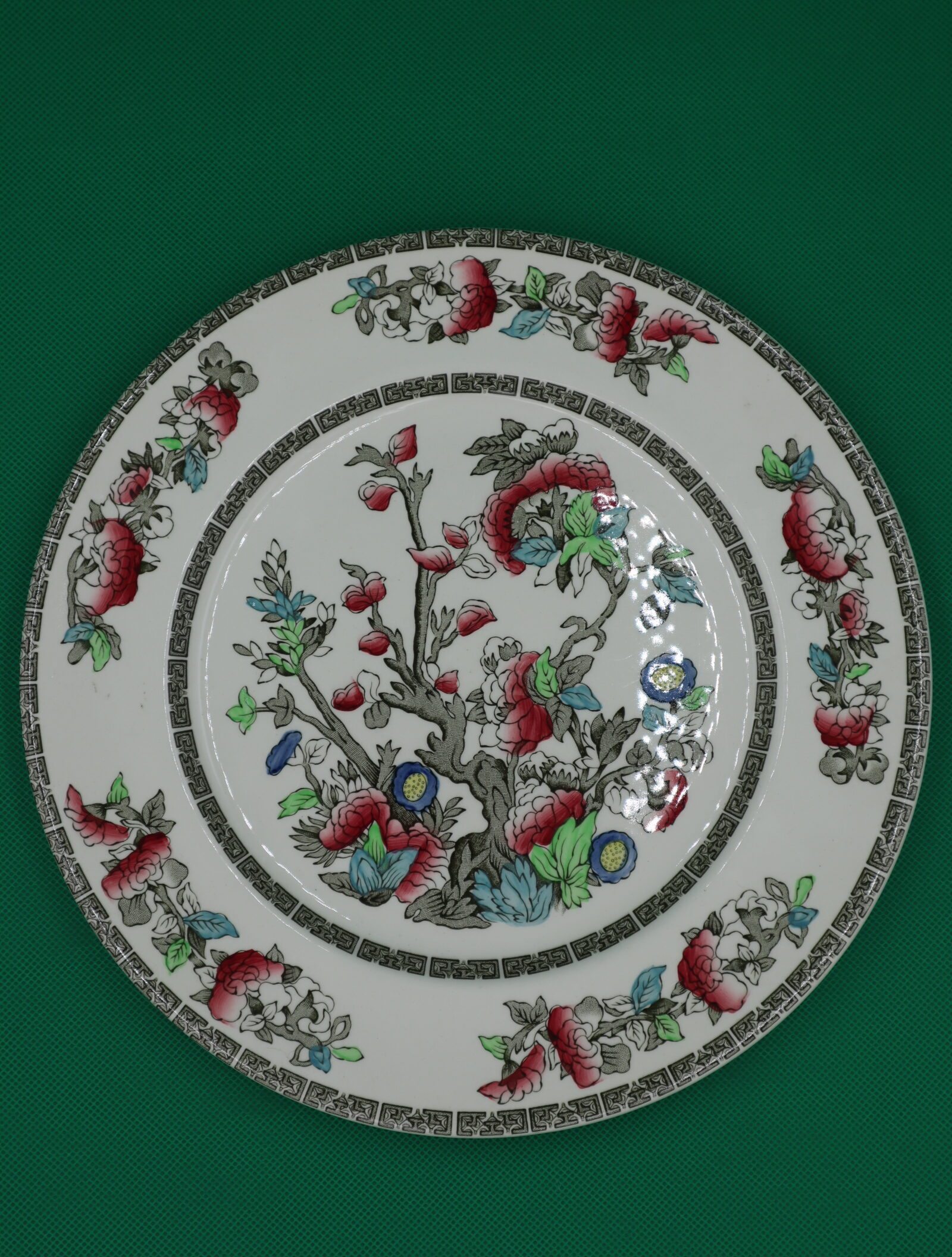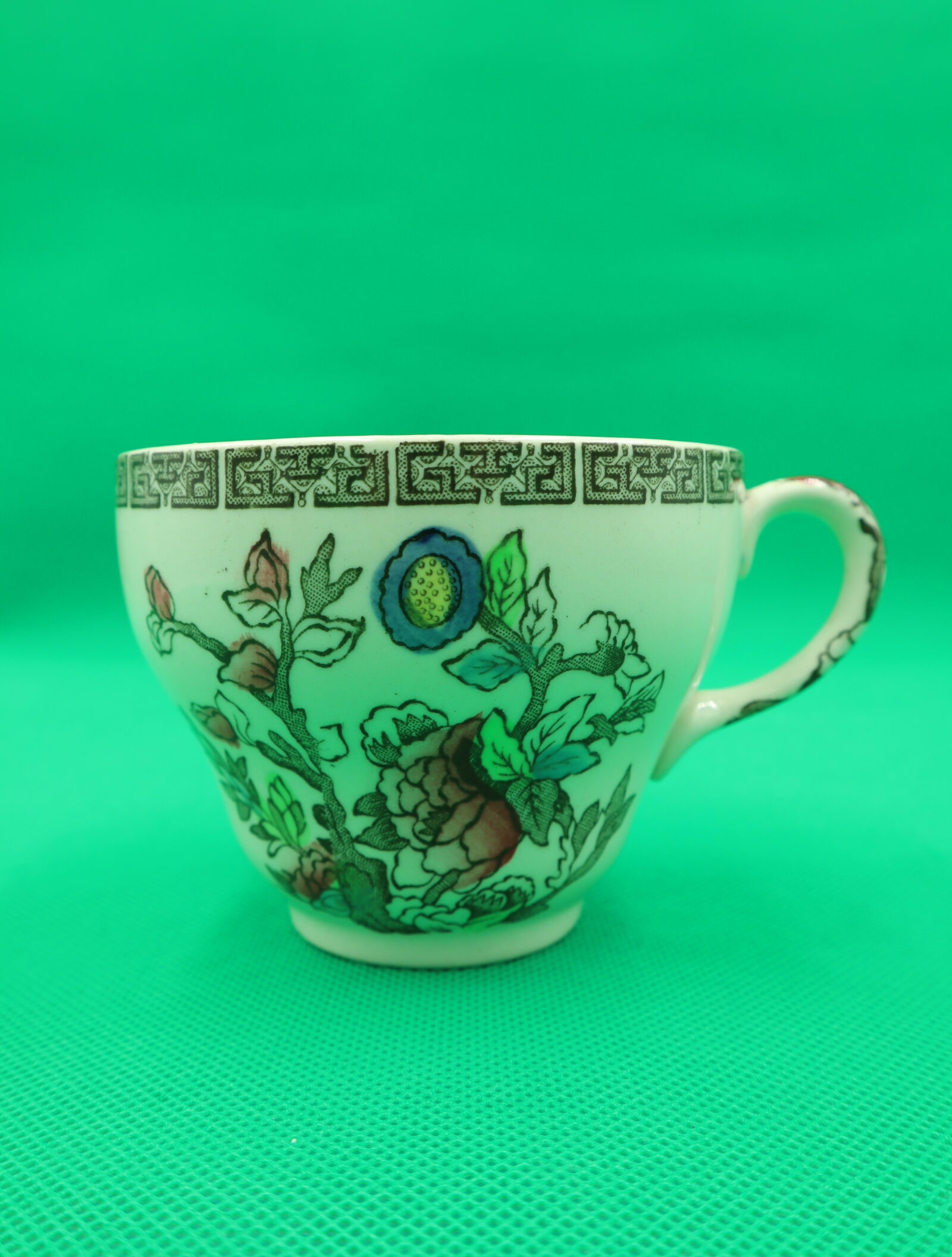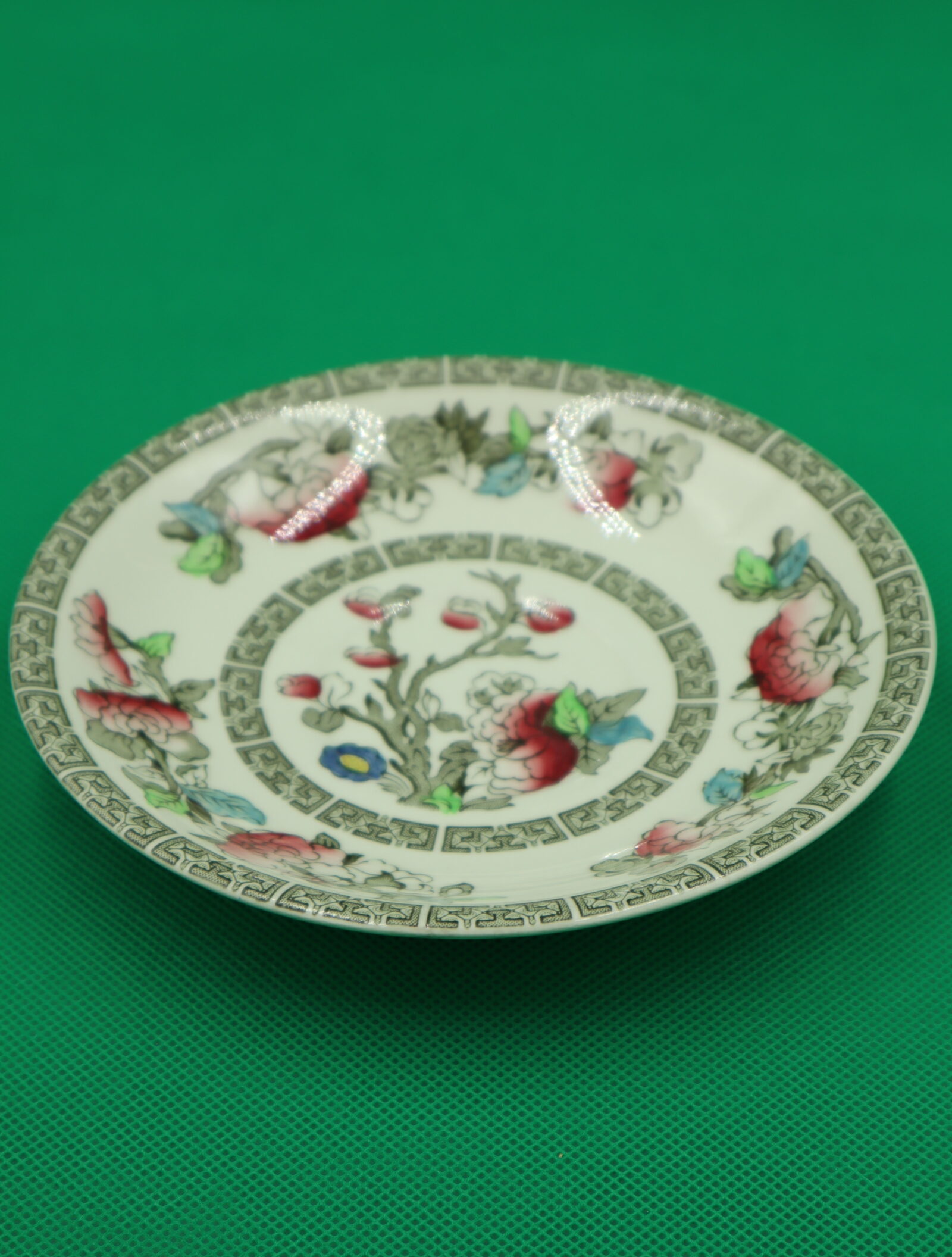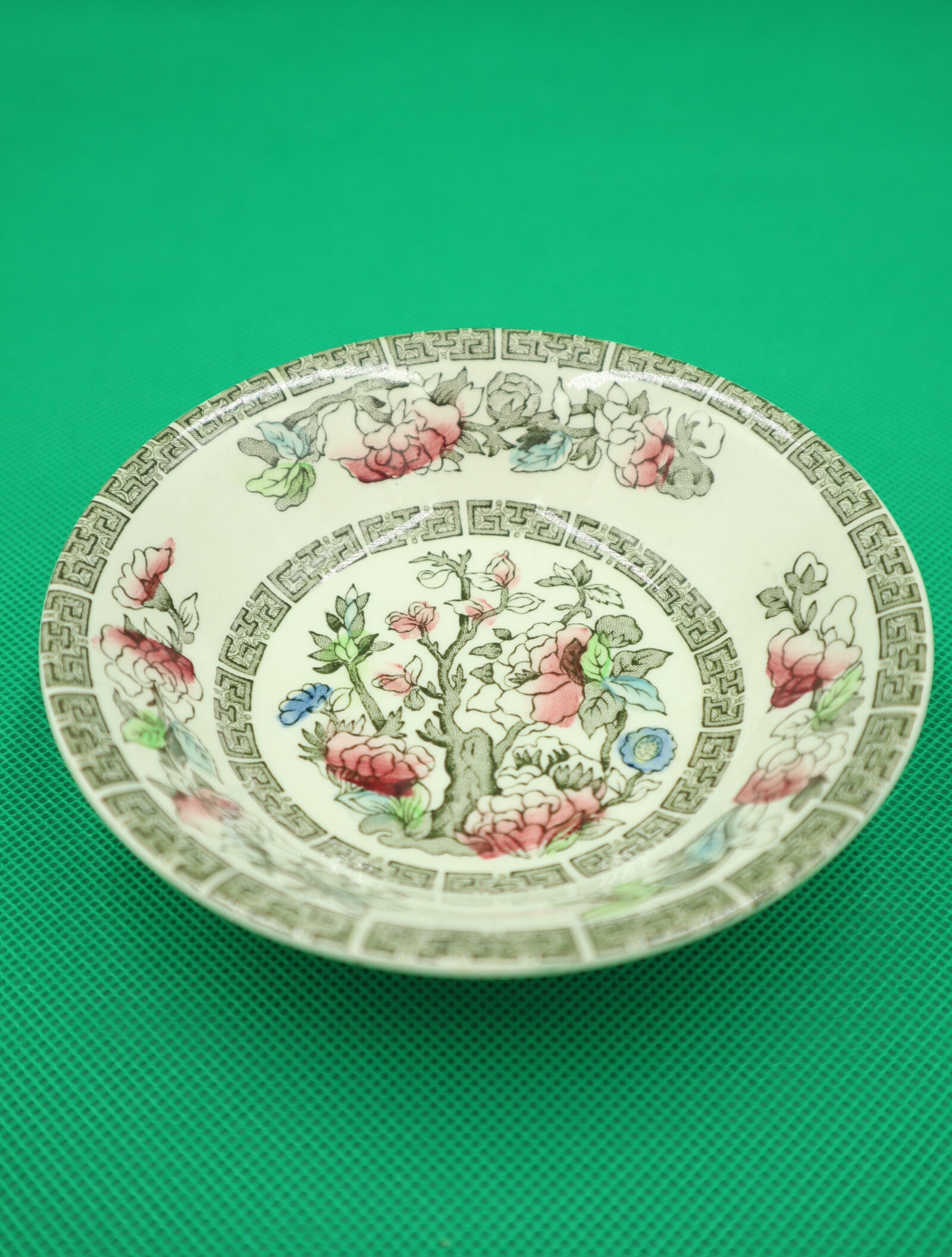Midwinter Pottery
Discover the allure of Midwinter Pottery, a distinguished name synonymous with exquisite craftsmanship, timeless design, and rich heritage. In this exploration, we delve into the captivating world of Midwinter Pottery, tracing its evolution from its inception to its enduring legacy in the realm of ceramic artistry.
Early Beginnings: Midwinter Pottery was established in 1910 by William Robinson Midwinter in Burslem, Stoke-on-Trent, England. Initially, the company produced mainly ceramic tableware, including dinnerware, tea sets, and decorative items. During its early years, Midwinter Pottery was known for its high-quality craftsmanship and innovative designs, which quickly garnered a loyal following among consumers.
Mid-Century Modern Influence: In the mid-20th century, Midwinter Pottery experienced a period of significant growth and innovation, particularly during the post-World War II era. This was a time when design trends were shifting towards sleek, modern aesthetics, influenced by the emerging Mid-Century Modern movement. Midwinter responded to these changing tastes by introducing a range of tea set patterns that embraced clean lines, geometric shapes, and bold colors.
Iconic Patterns: Among the most iconic Midwinter tea set patterns from this era are “Fashion Shape,” “Queensberry,” and “Sienna.” These patterns often featured abstract designs, stylized motifs, and vibrant hues, reflecting the optimism and creativity of the time. The Fashion Shape, in particular, was known for its distinctive triangular handles and avant-garde aesthetic, setting it apart as a symbol of modernity and sophistication.
Enduring Legacy: While Midwinter Pottery ceased production in the 1980s following changes in ownership and shifts in the market, the legacy of its tea set patterns continues to endure. Today, vintage Midwinter tea sets are highly sought after by collectors and enthusiasts for their historical significance and timeless appeal. These tea sets serve as cherished reminders of a bygone era when craftsmanship, innovation, and design excellence were at the forefront of British pottery production.
Revival and Appreciation: In recent years, there has been a resurgence of interest in Midwinter pottery and its tea set patterns, fueled by nostalgia for mid-century design and a renewed appreciation for handcrafted, vintage items. Collectors scour antique shops, online marketplaces, and auctions in search of rare and pristine examples of Midwinter tea sets, recognizing them not only as functional pieces but also as works of art that encapsulate a unique moment in time.
In summary, the history of Midwinter tea set patterns is a testament to the enduring appeal of British pottery craftsmanship and design innovation. From its early beginnings to its mid-century heyday and beyond, Midwinter Pottery has left an indelible mark on the world of tea culture, inspiring generations of collectors and enthusiasts with its distinctive patterns and timeless beauty.



